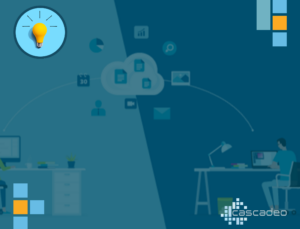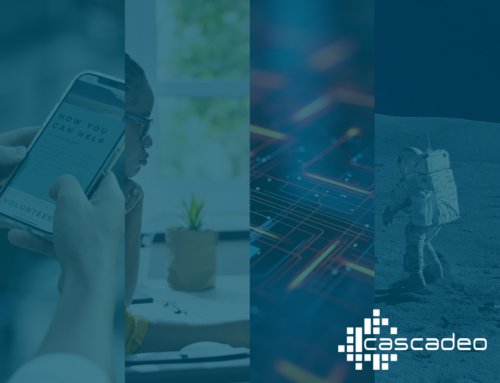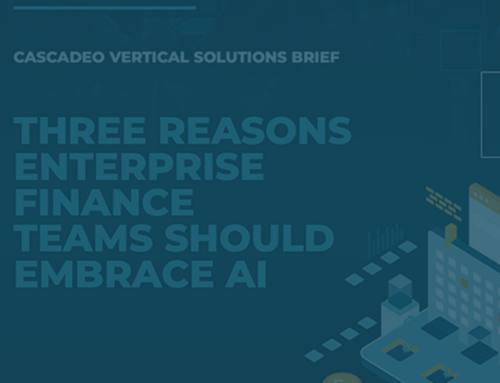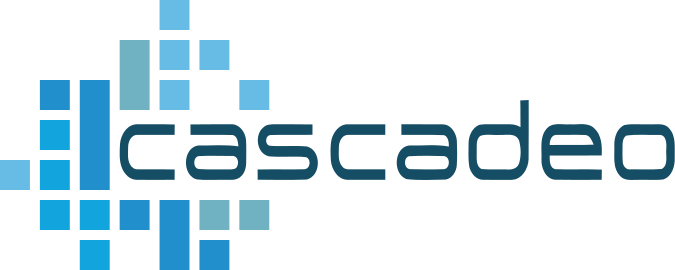
The answer to modern HR issues is in the public cloud, with a strategically designed plan and managed services that keep your systems stable, secure, and flexible.
Rethinking HR in the Public Cloud
The technology processes essential to good HR once happened behind closed doors—payroll processing, training curriculum development, confidential file management. Today, talent management demands geographically independent, secure, flexible technology systems to support hybrid and remote work across an organization’s departments and functions. This historically reactive area of a business must now engage with proactive, system-wide tech planning to keep talent engaged and productive.
A flexible, scalable, stable system is essential for fluctuations in customer engagement, seasonal peaks, and all the other ways your business ebbs and flows, but it’s also key to managing workforce growth and contraction. Seasonal employers have long known how their businesses expand and contract, but with modern data analytics and business intelligence, every company can predict shifts in the workforce and labor needs. Cloud scalability and elasticity provide the capacity to expand functionality when more is needed, and to scale back down when labor needs decrease.
And about those labor needs: they have changed. More than half of the workforce now prioritizes the opportunity to work from home at least in a hybrid context, if not fully remote, when considering whether to keep or accept a position. And of course, as in any labor market, it’s the most desirable talent in position to ask the most of an employer, which means your ability to meet these demands will be key to your ability to build a reliable, top-talent staff in the future. The employees you want want to work from home. Or a mountain cabin. Or a tropical island. What began as an emergency response to the Covid-19 pandemic is now a substantial, permanent change in the way people work. 
Unfortunately, it’s not as simple as saying yes. What about geographically unfixed access? What about security on a broad range of devices? What about collaboration across time zones and work environments? What about infrastructural stability across vastly varied work environments? The answer, as always, is in the public cloud, with a strategically designed HR plan and managed services that keep your systems stable, secure, and flexible. How?
Access from Anywhere
Digital-first customer strategies are standard by now, but HR leaders tend to approach digital solutions as problems arise. The new, geographically diverse workforce demands a digital-first work-life infrastructure that works seamlessness no matter where they are—no more clunky VPNs, no more third-party apps with unpredictable security and functionality. Talent development post-pandemic needs to function, from the moment an employee onboards, in a secure, seamless, integrated process.
Around the Clock Stability
Today your talent might be in New York, tomorrow in Paris. Their work environment knows no standard time. Your systems can’t, either—your infrastructure and critical functions must always be on. While public cloud outages do occasionally happen, multi cloud approaches and rapid recovery responses like those enabled by cascade.io minimize their impact so that your talent always has the ability to work.
Total Experience Improvement Tools
You’ve no doubt focused on your customer (CX) and user experiences (UX) with your product and brand; but your employee experience is just as essential. In archaic or ad-hoc HR systems, inefficiencies in customer experience are typically offloaded to employees: if appointment scheduling is difficult, for example, someone gets on the phone to work around systemic barriers, spending valuable work time solving the problem. HR leaders can focus, instead, on the spaces where stakeholder experiences overlap: the total experience model (TX). In this model, new systems replace the inefficiencies from both sides of an interaction, streamlining the experience from all angles, increasing customer retention and employee productivity and job satisfaction.




